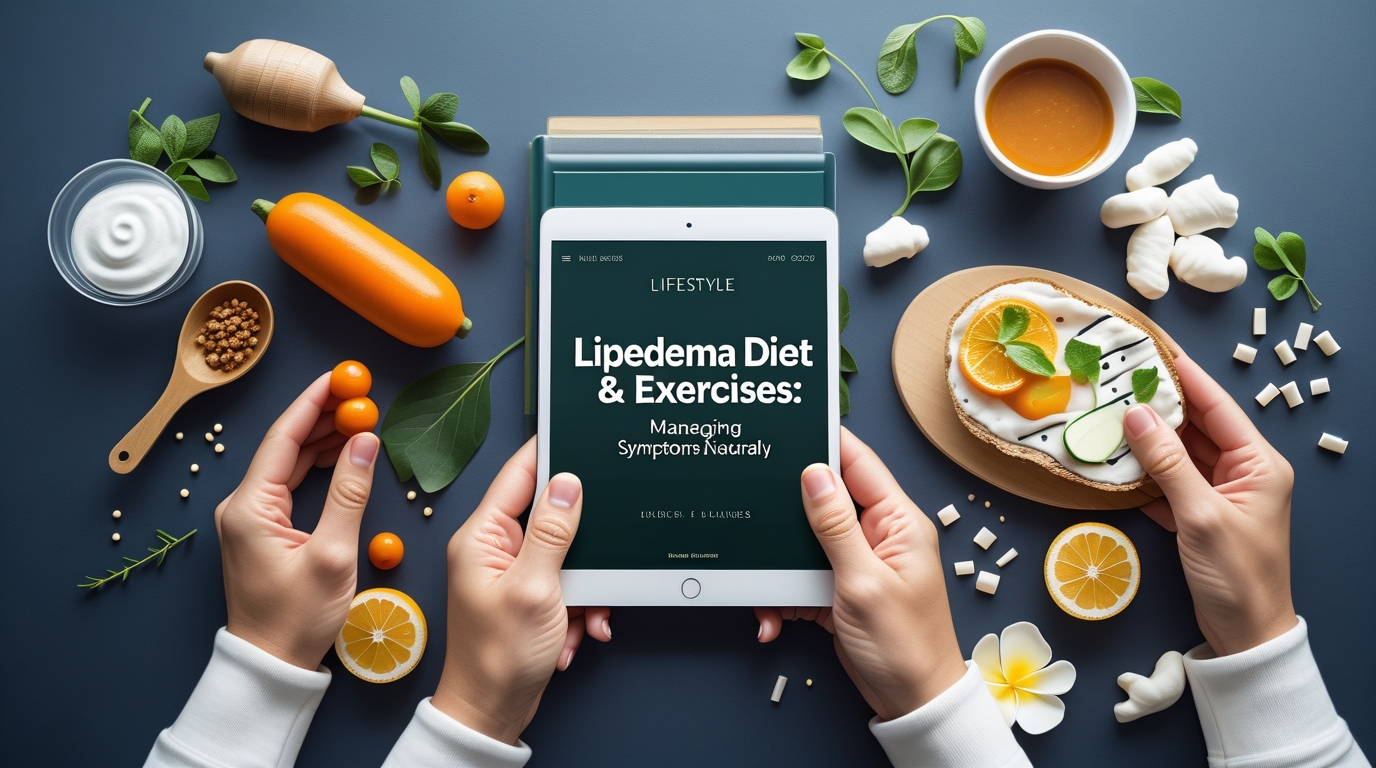In recent years, there has been a growing interest in holistic approaches to managing health conditions, including lipedema. This chronic disorder affects millions of women globally, causing significant discomfort and aesthetic concerns. Often misunderstood or misdiagnosed, lipedema primarily targets the lower body, leading to disproportional fat accumulation and related symptoms. Managing lipedema naturally through diet and exercise provides an empowering path for those affected, allowing them to take charge of their symptoms and improve their overall well-being.
Understanding Lipedema: An Overview
Lipedema is a progressive condition often misidentified as obesity or lymphedema. This distinction is crucial for effective management, as lipedema involves subcutaneous fat deposits in specific areas of the body, primarily the hips, buttocks, legs, and arms. These deposits can lead to pain, bruising, and emotional distress due to physical changes. Unlike obesity, it’s not caused by over-eating or inactivity, making targeted management strategies essential.
Symptoms and Diagnosis
The symptoms of lipedema can vary significantly among individuals, yet some common signs include:
- Disproportionate body shape despite consistent weight
- Skin sensitivity and easy bruising
- Feeling of heaviness or tenderness in the affected areas
A formal diagnosis typically involves a physical examination and patient history to rule out other conditions. Early diagnosis is beneficial in managing symptoms effectively.
A Holistic Approach: The Lipedema Diet
While no one-size-fits-all solution exists, dietary changes can play an integral role in alleviating lipedema symptoms. A well-structured lipedema diet focuses on reducing inflammation and supporting lymphatic health.
Anti-Inflammatory Foods
Incorporating anti-inflammatory foods into your diet helps in reducing swelling and discomfort. Consider adding the following to your meal plan:
- Fruits and vegetables high in antioxidants, such as berries, leafy greens, and cruciferous vegetables
- Healthy fats like olive oil, walnuts, and avocados
- Lean proteins such as fish, rich in omega-3 fatty acids
Reducing Processed Foods and Sugars
Processed foods and sugars can exacerbate inflammation and fluid retention. Strive to eliminate or drastically reduce:
- Refined sugars and artificial sweeteners
- Processed snacks and beverages
- Highly processed grains
The Role of Exercise in Lipedema Management
Exercise is a critical component in managing lipedema, helping to maintain mobility, manage weight, and improve lymphatic flow. It’s essential to select activities that support your body and don’t exacerbate discomfort.
Low-Impact Exercises
Low-impact exercises are preferred for those with lipedema as they minimize stress on the joints while supporting mobility. Popular options include:
- Swimming or water aerobics
- Walking or using an elliptical machine
- Yoga or Pilates, emphasizing gentle stretching and strength building
Lymphatic Support through Exercise
Lymphatic drainage and movement are crucial in relieving symptoms. Incorporate activities that encourage lymphatic flow, such as rebounding (using a mini-trampoline) or self-lymphatic massage routines.
Integrating Diet and Exercise: A Balanced Approach
Combining dietary changes and exercise provides a balanced approach to managing lipedema. Creating a personalized plan based on individual needs and symptom severity is vital. Here are some tips on integrating diet and exercise effectively:
Create a Consistent Routine
Consistency is key in seeing results. Develop a daily routine that includes meal planning and regular physical activity, ensuring that your efforts become a habitual part of your lifestyle.
Track Progress and Adjust
Track your symptoms, dietary intake, and exercise regimen to identify what works best for you. Be prepared to adjust your plan as needed to maximize benefits, keeping an open dialogue with healthcare providers.
Conclusion and Call to Action
Managing lipedema naturally through diet and exercise provides a constructive path forward for those affected by this challenging condition. By focusing on anti-inflammatory foods and low-impact exercises, individuals can alleviate symptoms and improve their quality of life. Regular tracking and adaptations ensure that your approach is both effective and sustainable.
For further insights into holistic wellness and lifestyle strategies, explore more of our wellness content here. Share your own lipedema management tips or experiences in the comments below, or subscribe to our newsletter for the latest updates on wellness and lifestyle topics.





Leave a Comment